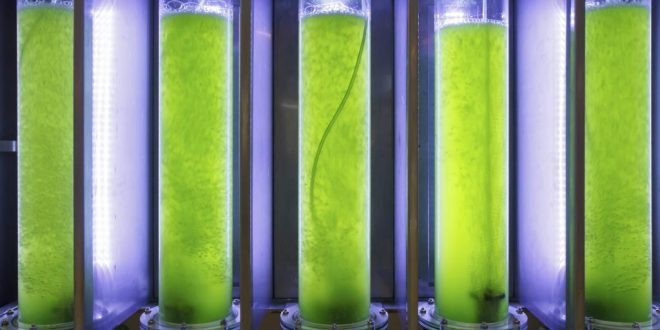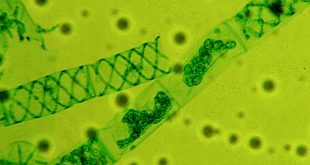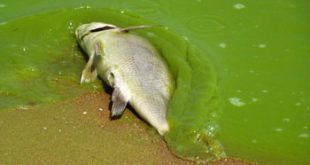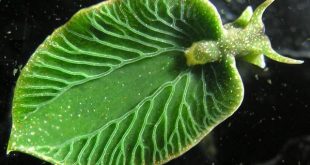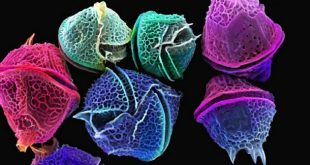Abstract: The use of liquid fossil fuel has long being considered insufficient and surely the liquid fossil fuel will be diminished by the middle of this century. Besides fossil fuel is closely related to environmental degradation and green house emission. On the other hand, biofuel has been a great renewable alternative for this situation produced from plants, plants products, animals and microalgae. Among these, microalgae are the outstanding sources of biofuel containing huge amount of lipid which reduce the demand of fossil fuel and help in environmental stability.
Introduction
With the passage of time, increased population and industries are to use fossil fuel. Without it normal life can not be imagined though it has an obnoxious effect on environment. So policy makers, scientist, researchers and governments has been looking alternative renewable energy sources. Biofuel is their desired substance which can abate oil price rate, climate changes and related problems.
Why microalgae?
- Have a higher photon conversion efficiency (as evidenced by increased biomass yield per hectare).
- Can be harvested batch-wise nearly all year round, providing a reliable and continuous supply of oil.
- Can utilize salt and waste water streams, thereby greatly reducing freshwater use.
- Can couple CO2 neutral fuel production with CO2 sequestration.
- Produce non toxic and highly degradable biofuels.
- Rapid growth rate
- High production capacity of lipids (fat).
- They also do not compete with food or feed crops. Biofuels are generally referred to solid, liquid or gaseous fuels derived from organic matter.
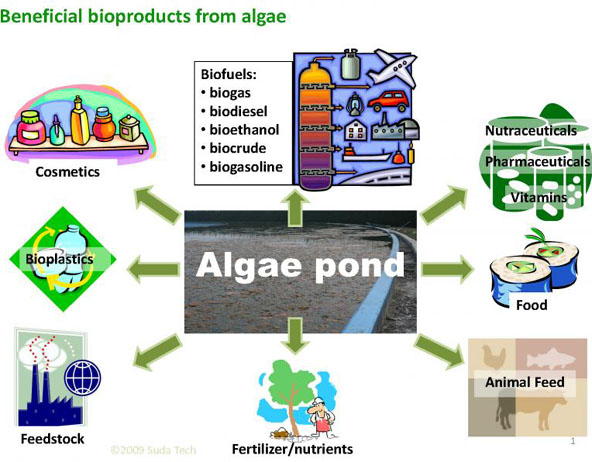
Current limitations exist mainly in the harvesting process and in the supply of CO2 for high efficiency production.1
There are three kinds of biofuels according to generation
- 1st Generation Biofuels
Bioethanol produced from
– Wheat, barley, corn
– Potato, sugarcane, beet
– Oil seeds (soybeans, coconut, sunflower, rapeseed, animal fat, used cooking oil) - 2nd Generation Biofuels
Bioethanol & Biodiesel produced from
– Cassava, Jatropha, Miscanthus (Silver grass)
– Straw, grass, wood - 3rd Generation Biofuels
Biodiesel produced from
– Microalgae
– Mircobes
First generation biofuels
The first generation biofuels possess notable economic, environmental and political concern as the mass production of biofuel requires more arable agricultural lands resulting in reduced lands for human and animal food production. Moreover, production process of first generation biofuels is also responsible for environmental degradation. Therefore, enthusiasms about first generation biofuels have been diminished.
The Net Energy Balance (NEB) of first generation biofuels taking into consideration the energy required for farming, harvesting, processing, transport etc. has recently been estimated to be about 25% for corn ethanol and about 93% for soybean biodiesel.
Second generation biofuel
As first generation biofuels are not viable, researchers focused on second generation biofuels. Because of the second generation biofuels production process requires expensive and sophisticated technologies, the biofuel production from the second generation is not profitable for commercial production.
Third generation biofuel
The main component of third generation biofuels is microalgae. It is currently considered to be a feasible alternative renewable energy resource for biofuel production overcoming the disadvantages of first and second generation biofuels. Microalgae can provide several different types of renewable biofuels. This includes methane, biodiesel and bio-hydrogen.
There are many advantages for producing biofuel from algae as microalgae can produce 15 to 300 times more biodiesel than traditional crop on area basis. The harvesting cycle of microalgae is very short and growth rate is very high. Moreover, high quality agricultural land is not required for microalgae biomass production.
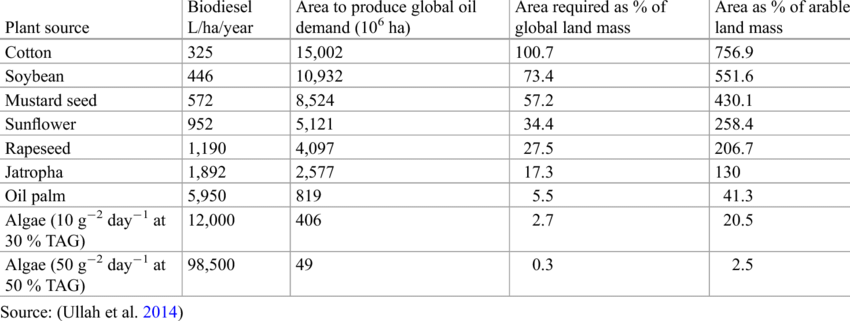
Biofuel Production from Microalgae
Microalgae are single-cell microscopic organisms which are naturally found in fresh water and marine environment. There are more than 300,000 species of micro algae, diversity of which is much greater than plants. Microalgae are generally more efficient converters of solar energy comparing to higher plants. In addition, because the cells grow in aqueous suspension, they have more efficient access to water, CO2, and other nutrients.
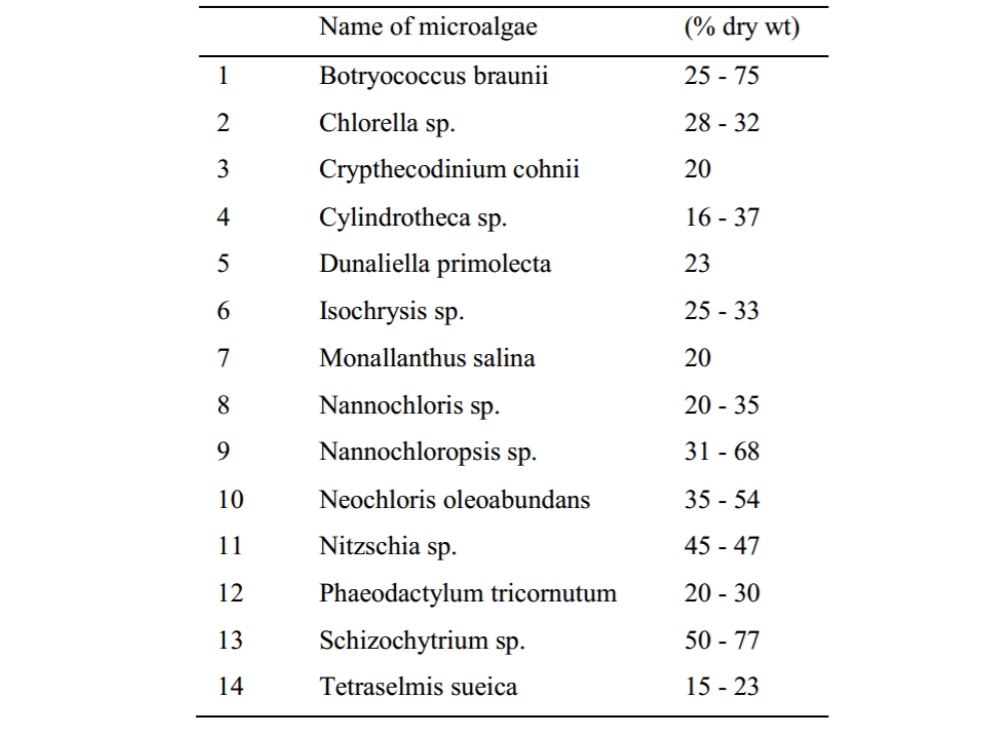
Microalgal Biomass Production
Producing microalgal biomass is generally more expensive and technologically challenging than growing crops. Photosynthetic growth of microalgae requires light, CO2, water and inorganic salts. The temperature regime needs to be controlled strictly.
For most microalgae growth, the temperature generally remains within 20°C to 30°C. In order to reduce the cost, the biofuel production must rely on freely available sunlight, despite daily and seasonal variations in natural light intensities. Growth medium must provide the inorganic elements that constitute the algal cell. Essential elements include nitrogen (N), phosphorus (P), iron (Fe) and in some cases silicon (Si). Microalgae is grown in various aquatic environments, such as fresh and marine water, municipal waste waters, industrial waste waters and animal waste water.

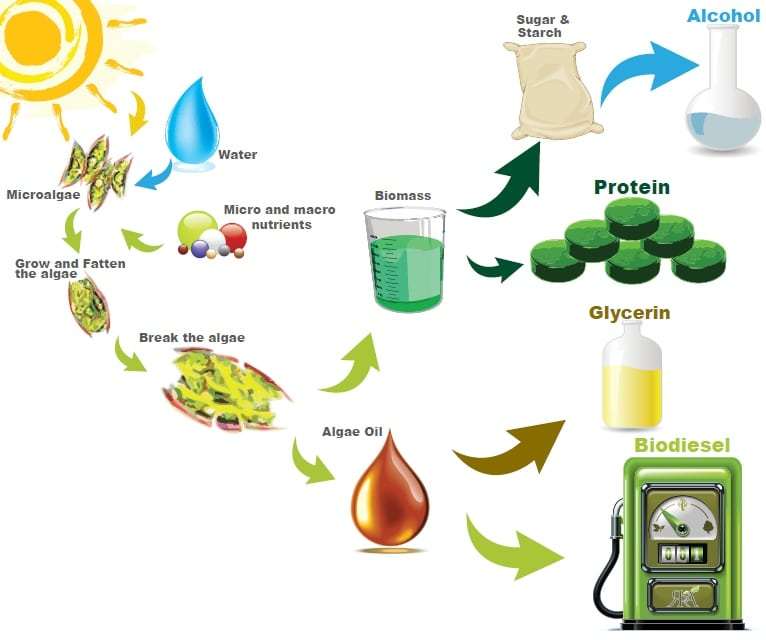
In Bangladesh: Bangladesh has plenty of fresh water and marine habitats for algal growth. So our government and researchers should concentrate in producing biofuel from algae. If it is possible, our economy will rise, environment will be greener.
Conclusion: Though biofuel has been playing significant role in the field of economy and environment, it is still manipulated by private authority. Government should invest in this field as early as possible.
Best safe and secure cloud storage with password protection
Get Envato Elements, Prime Video, Hotstar and Netflix For Free
 Plantlet The Blogging Platform of Department of Botany, University of Dhaka
Plantlet The Blogging Platform of Department of Botany, University of Dhaka
